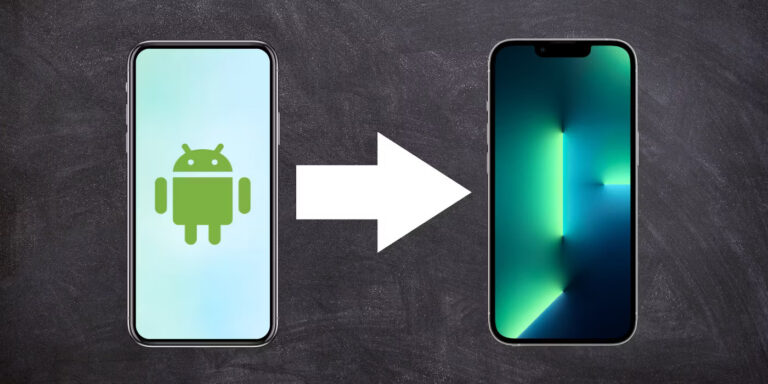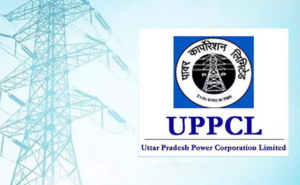In the realm of dating app development, achieving a delicate balance between privacy and personalization is paramount to fostering user trust and satisfaction. This article delves into the critical design considerations that developers must navigate to strike this balance effectively.
Understanding User Privacy Concerns
Privacy is a top priority for users when it comes to dating apps. Concerns about data security, identity protection, and potential misuse of personal information loom large. Developers must prioritize user privacy by implementing robust security measures, transparent data policies, and granular privacy controls.
Data Minimization and Consent
One key design consideration is data minimization – collecting only the necessary information required for app functionality and user experience. Dating apps should prioritize obtaining user consent for data collection and processing, clearly explaining how data will be used and providing options for users to control their privacy settings.
Anonymous Profiles and Pseudonymity
Offering options for anonymous profiles or pseudonymous identities can enhance user privacy while still facilitating meaningful connections. Designing features that allow users to reveal personal information gradually as they build trust with matches can empower users to control their level of disclosure and maintain privacy.
Secure Communication Channels
Ensuring secure communication channels within the app is essential for protecting user privacy. Implementing end-to-end encryption for messaging and video calls can prevent unauthorized access to user conversations and safeguard sensitive information shared between users.
Personalization Without Intrusion
While personalization enhances user experience and engagement, it must be implemented thoughtfully to avoid intruding on user privacy. Designers should leverage user preferences and behavioral data to personalize recommendations and matches subtly, respecting user boundaries and preferences, especially when aiming to create app like Tinder.
Transparent Data Practices
Transparency is key to building user trust in dating apps. Designers should provide clear and accessible information about data practices, including how user data is collected, stored, and shared. Incorporating features that allow users to review and modify their data settings reinforces transparency and empowers users to make informed decisions about their privacy.
User Education and Empowerment
Educating users about privacy best practices and empowering them to take control of their privacy settings is crucial. Designing intuitive interfaces that guide users through privacy settings and data management options can enhance user confidence and encourage active engagement with privacy features.
Continuous Monitoring and Updates
The landscape of privacy regulations and user expectations is constantly evolving. Dating app developers must stay vigilant, monitoring changes in privacy laws and industry standards and updating their app accordingly. Regular audits and assessments of data practices can identify areas for improvement and ensure ongoing compliance with privacy regulations.
Conclusion
Balancing privacy and personalization is a complex but essential aspect of designing dating apps that prioritize user trust and satisfaction. By incorporating robust privacy measures, transparent data practices, and user empowerment features into their designs, developers can create dating apps that offer personalized experiences while respecting user privacy boundaries. Ultimately, prioritizing privacy enhances user trust, fosters meaningful connections, and ensures the long-term success of dating platforms in an increasingly privacy-conscious world.

















